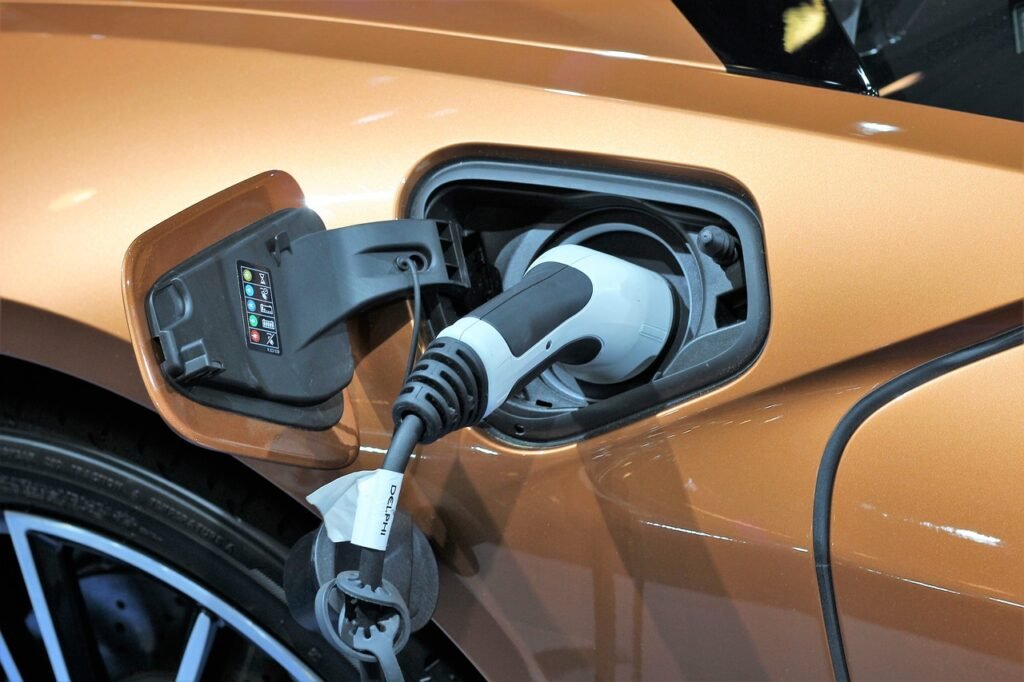An Advantage of Owning an Electric Vehicle: Lower Cost of Maintenance
When it comes to owning an electric vehicle (EV), one of the significant advantages is the generally lower cost of maintaining the vehicle. Unlike internal combustion engine (ICE) vehicles, EVs have over 20 mechanical components that they do not possess. These components, such as oil changes and spark plugs, require regular maintenance in ICE vehicles but are absent in EVs.
However, it is important to note that EVs are not entirely maintenance-free. While they do eliminate the need for certain services, there are still several important maintenance tasks that EV owners need to complete on a regular basis.
Tires
One area where regular maintenance is still required for EVs is the tires. EVs have the same tire maintenance needs as ICE vehicles. In fact, due to the weight of the automobile and the increased torque that an EV can produce, tires may need to be replaced more often. For example, I have seen tires worn out as soon as 11,000 miles on an EV owned by someone who primarily drives in the city and may have had a heavy foot. In addition to occasional tire replacement, regular tire rotation (if the tire size is not staggered) and checking tire pressure are necessary.
Brakes
Brake pads and rotors will also need occasional replacement in EVs, although far less often if the driver utilizes regenerative braking. Regenerative braking uses the electric motors to help stop the vehicle, reducing wear on the brake pads. However, I recommend using the standard brakes at least a couple of times per week for those who primarily use regenerative braking. This helps prevent the brake rotors from building up rust.
Brake fluid should also be replaced on an EV as per the manufacturer’s recommendation, usually every two to four years. Brake fluid is hydroscopic, meaning it attracts moisture. Having water in the brake fluid is not ideal.
Cabin Filter, Coolant, and Windshield Wipers
Other maintenance tasks for EVs include replacing the cabin filter, which should be done about every two years, just like in ICE vehicles.
Many EVs use coolant to cool and warm the battery, extending its life, especially in extreme climates. It is recommended to replace the coolant every six years.
Wiper blades wear out on EVs just as they do on ICE vehicles and should be replaced every six to twelve months. Additionally, washer fluid will need to be replenished as needed.
12V Battery
EVs have at least two batteries: the main battery that drives the electric motors and a 12-volt battery for powering the vehicle’s electrical systems. Just like in ICE vehicles, the 12-volt battery will need to be replaced regularly, typically every 4-5 years.
While EVs do require some maintenance, it is important to note that they still have considerably less maintenance compared to their ICE counterparts. EV owners can avoid expenses related to tune-ups, oil changes, transmission servicing, and replacing air filters, spark plugs, and drive belts. Sources suggest that electric vehicle owners spend roughly a third of what conventionally powered auto owners do for regular service.
In conclusion, owning an electric vehicle offers the advantage of lower maintenance costs. While EVs eliminate the need for many mechanical components that require periodic service in ICE vehicles, there are still important maintenance tasks to be completed. By staying on top of these tasks, EV owners can enjoy the benefits of reduced maintenance expenses while contributing to a greener and more sustainable future.

